22.11.2023
Chandrayaan-4 Mission: ISRO's Next Phase In Space Exploration Aims To Retrieve Lunar Samples

Mission's key objective is to collect samples from the lunar surface. (Representative Image)
After the success of the Chandrayaan-3 mission, the Indian Space Research Organisation (ISRO) is gearing up for a remarkable leap in space exploration with the upcoming Chandrayaan-4 mission.
What sets Chandrayaan-4 apart is its groundbreaking goal of bringing lunar samples back to Earth, a milestone that would mark a significant achievement in India's space endeavours.
Nilesh Desai, Director of the Space Applications Centre (SAC/ISRO), shared insights into the Chandrayaan-4 mission during a recent address to the Indian Tropical Meteorology Institute.
As reported by The Economic Times, the mission's key objective is to collect samples from the lunar surface, a task that involves intricate manoeuvres and advanced space technology.
The spacecraft will embark on a journey to the moon, where it will land, collect samples, and then connect to another module in space.
The second module will return to Earth orbit, with both modules eventually separating as they approach Earth.
One part will return to Earth, while the other continues to orbit the planet.
To execute the mission successfully, Desai outlined the need for two launch vehicles containing four modules: transfer module (TM), lander module (LM), ascender module, and re-entry module (RM).
The RM and TM would be parked in lunar orbit, while two descend, allowing the ascender module to separate from the lander module and collect the lunar sample.
However, the success of Chandrayaan-4 hinges on its ability to bring lunar samples back to Earth, a task requiring two powerful rockets for the cargo carrying the samples.
The feasibility of the mission is yet to be confirmed by ISRO.
Quelle: Swarajya
----
Update: 16.12.2023
.
ISRO to launch Chandrayaan-4 to bring back samples from Moon in 4 yrs: Somanath
Agency chief says Bharatiya Antariksh Station, a space station which will be capable of conducting experiments with help of robots, will be launched by 2028.
The Indian Space Research Organisation (ISRO) has planned to launch Chandrayaan-4 to bring back samples from the Moon in four years, said its chairperson S Somanath while elaborating on the space agency’s Vision 2047.
The first module of the Bharatiya Antariksh Station — India’s planned space station — that will be capable of conducting experiments with the help of robots will be launched by 2028.
Prime Minister Narendra Modi had previously called on the space agency to set up a space station by 2035 and send a man to the Moon by 2040.
While these missions may seem far off, an experiment crucial for sustained human spaceflight will be “launched in the next three to four months,” said Somanath during a lecture at Rashtrapati Bhavan Thursday.
The SPADEX experiment will demonstrate autonomous docking capability. Docking is a process where two spacecrafts are aligned in a precise orbit and joined together.
Explaining the mission, Somanath said: “Two satellites that are connected to each other will be launched, they will separate out, travel for a few kilometres, and then come back and connect.”
While India successfully developed the lander and rover on-board Chandrayaan-2 and Chandrayaan-3 missions after Russia backed out, Somanath said that for a sample-return mission “we need much more technology than what we have developed for the landing.”
He said work was on to develop technologies such as robotic arm to collect samples, mechanisms for docking in the Moon orbit and Earth orbit, transfer of samples, re-entry into the atmosphere without burning up — this will also be demonstrated by the Gaganyaan mission that will send astronauts to low Earth orbit and bring them back to Earth.
And while the ISRO recently demonstrated a trajectory to bring back a spacecraft from the Moon to Earth orbit using left-over fuel in the propulsion module, for a sample return mission the ascender module will have to collect the samples, come back to an orbit around the moon, and dock with another craft and transfer the sample, before it starts its journey back to Earth.
In Earth orbit, the spacecraft will have to dock with another module that will bring it to Earth. Just as with the Gaganyaan mission, the spacecraft with Moon samples will splashdown with the help of parachutes in the sea.
Somanath said that for sustained presence of Indians in space, ISRO is also working on developing an inflatable habitat module where the astronauts will be able to walk around and conduct experiments.
ISRO is also working on technologies such as satellites that will be able to re-fuel other satellites in space and ISRO Servicer Module that will be able to use robotic arms for maintenance of the modules and even replace modules when needed.
While the first module in 2028 can be launched with the existing rockets, he said, for building the entire space station a heavier launch vehicle will be needed. Somanath said ISRO was working on designing the Next Generation Launch Vehicle (NGVL) that will have a capacity to carry 16 to 25 T to low Earth orbit.
More importantly, ISRO is in discussion with NASA and the European Space Agency to build a common interface between the Indian space station and that of these countries. This interface will make joint work possible, said Somanath, indicating the possibility of collaborating with these countries for the space station. The current International Space Station has been built in collaboration with several countries and is likely to be de-orbited in 2030. The common interface will also allow the Indian module to go and dock with the ISS, he said.
Quelle: The Indian EXPRESS
----
Update: 28.06.2024
-
This would have to be done because Chandrayaan-4 is expected to be beyond the carrying capacity of even the most powerful rocket that ISRO currently has.
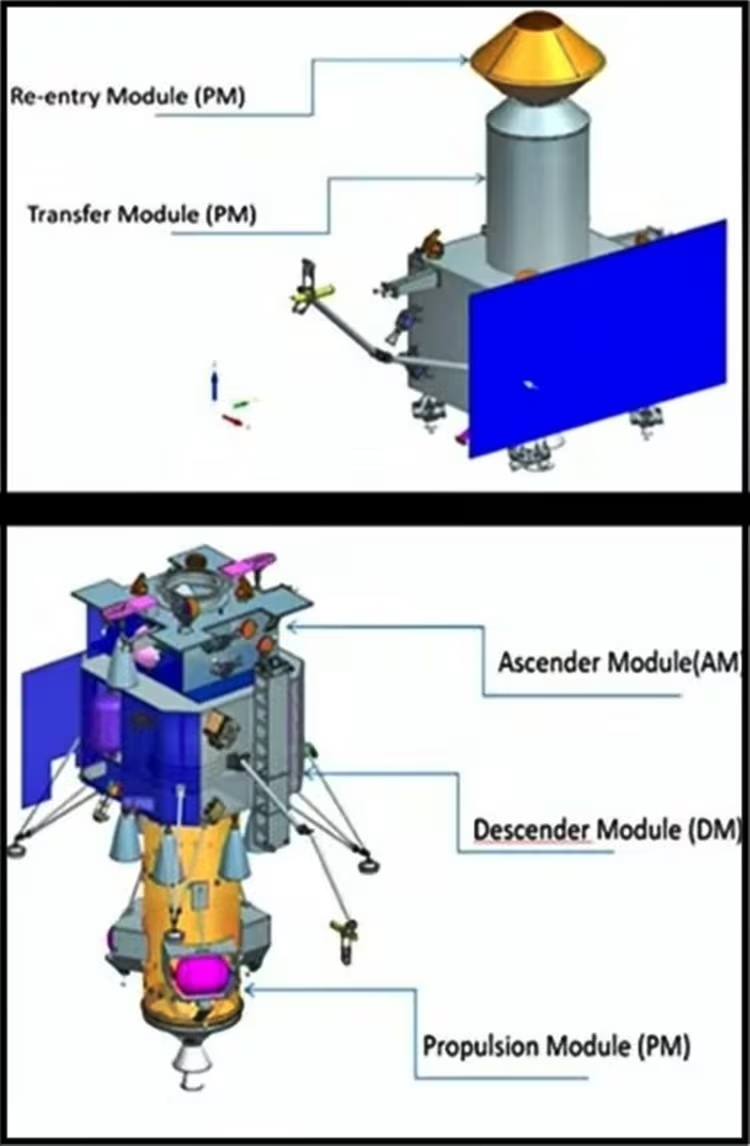
Chandrayaan-4, which is supposed to bring back samples from the Moon, would not be launched at one go and instead, different parts of the spacecraft would be sent into orbit through two launches, and the spacecraft would be assembled in space before proceeding to the Moon, ISRO Chairman S Somanath said Wednesday.
This would have to be done because Chandrayaan-4 is expected to be beyond the carrying capacity of even the most powerful rocket that ISRO currently has.
The International Space Station and all previous similar facilities were built by assembling different parts in space. However, this would be probably the first time in the world that a spacecraft would be launched in parts and then assembled in space.
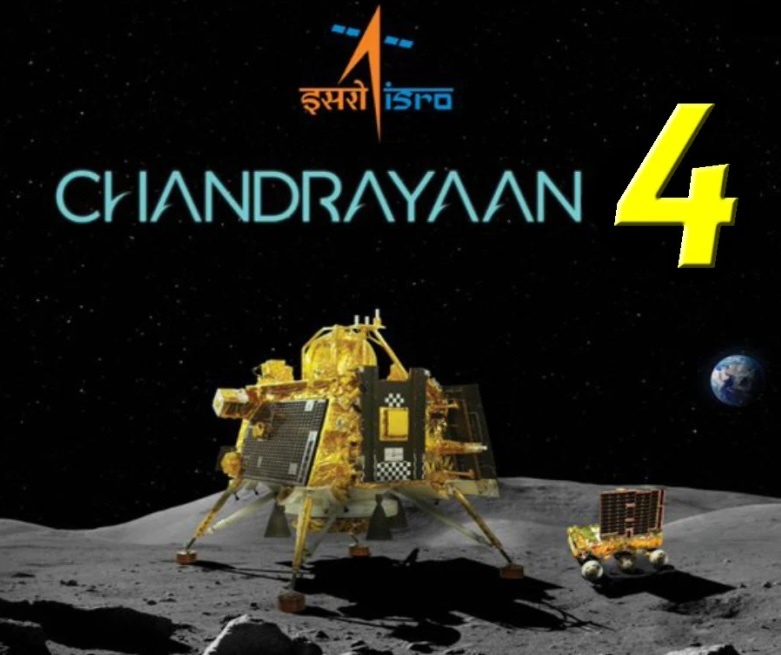
“…We have worked out the configuration of Chandrayaan-4… how to bring back samples from Moon to Earth. We propose to do it with multiple launches because our current rocket capability is not (strong) enough to do it at one go,” Somanath said on the sidelines of an event in Delhi.
“So, we have to have docking capability (joining of different parts of a spacecraft) in space — both in Earth space as well as in Moon space. We are developing that capability. We have a mission called Spadex scheduled later this year to demonstrate this capability,” Somanath said.
Docking of spacecraft modules on the return journey from Moon is a fairly routine manoeuvre. A part of the spacecraft detaches from the main spacecraft and makes a landing while the other part remains in the Moon orbit. When the landing part leaves the Moon’s surface, it docks and links up with the orbiting part, becoming one unit again.
However, it would be the first instance of docking of modules in Earth orbit for the onward journey to the Moon. “We are not making any claims to be the first one to attempt this, but yes, I am not aware of anyone else having done this so far,” Somanath said.
ISRO has so far not had any need to carry out a docking operation in space, and Spadex (Space Docking Experiment) mission would be its first opportunity to demonstrate this capability.
Somanath said that a detailed study, internal review, and cost for the Chandrayaan-4 mission have been worked out which will soon be sent to the government for approval. This is one of the four project proposals that the space agency plans seek approval for in line with its Vision 2047, which has envisioned India building its own space station by 2035 and sending humans to the Moon by 2040.
India’s space station, named Bharatiya Antariksh Station (BAS), would also be set up by carrying different parts of the infrastructure in multiple launches.
“The first segment of the BAS can be launched using (the current) LVM3 rocket because it is the only rocket available today and we have decided that by 2028 we should have the first launch of the BAS. For this, we are preparing another proposal for government approval detailing how we plan to build it, what are the technologies required, the timeline and the cost,” Somanath said.
He said details of other modules of the BAS will be worked out in due course. “We have a five module configuration, multiple committees are working on how to develop this,” he said.
Somanath said the subsequent modules of BAS would be lifted either by upgraded version of LVM3 or the Next Generation Launch Vehicle (NGLV), a heavy rocket that is currently under development. He said the full design and production plan for NGLV had been prepared.
“The first step is to convert the vision to actionable items – what would be the nature of the space station, what is the way the NGLV should look like. I have today the project report of NGLV in hand — the full design, including its configuration, architecture, production plan, realisation plan, and cost. This will go to the government for approval,” he said.
ISRO is also creating a new launch complex for the bigger and heavier NGLV. He said the current launch complex would not be adequate for the 4,000 ton rocket. “It requires a huge facility and processing capability,” he said.
Quelle: The Indian EXPRESS
----
Update: 22.08.2024
.

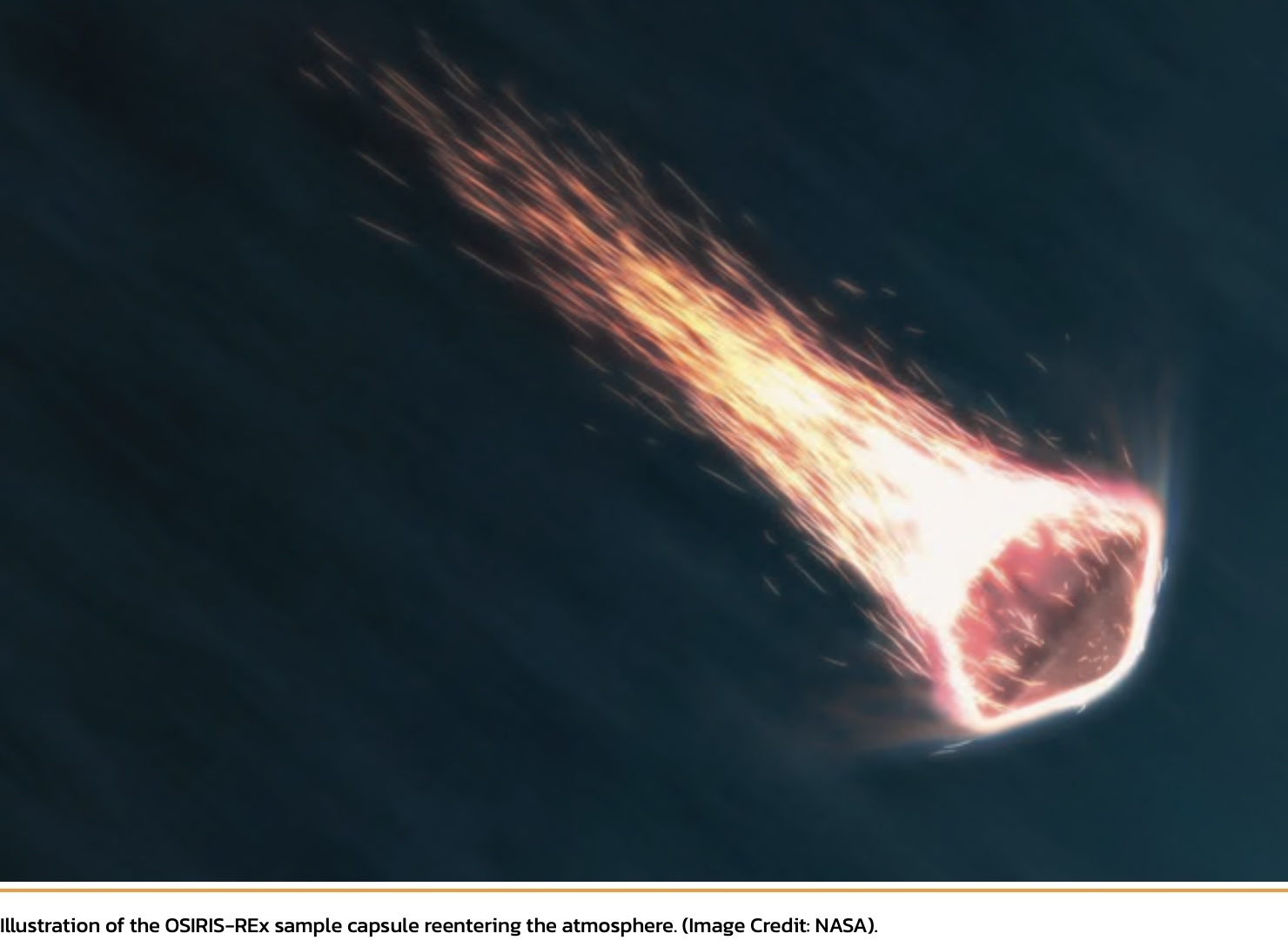
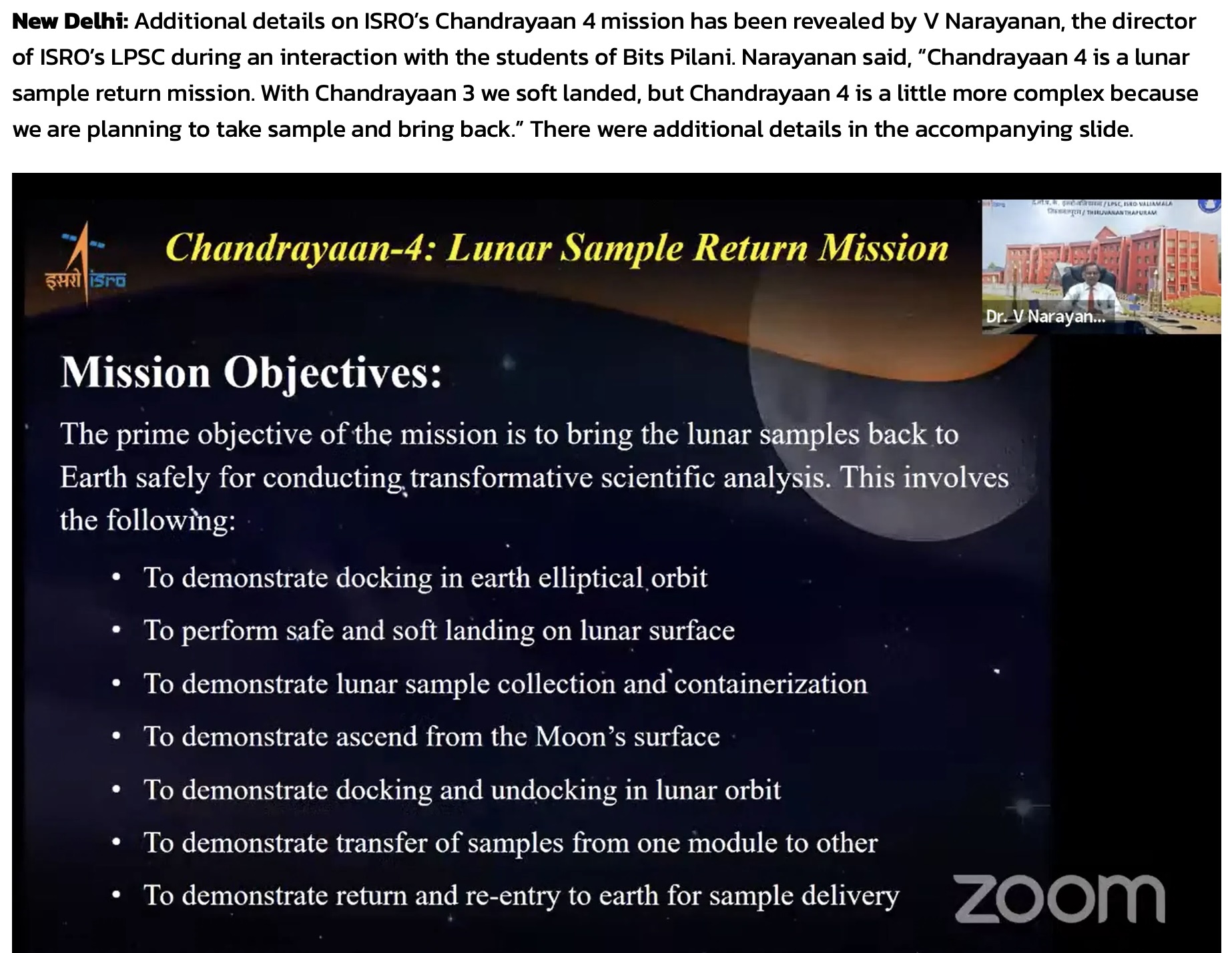

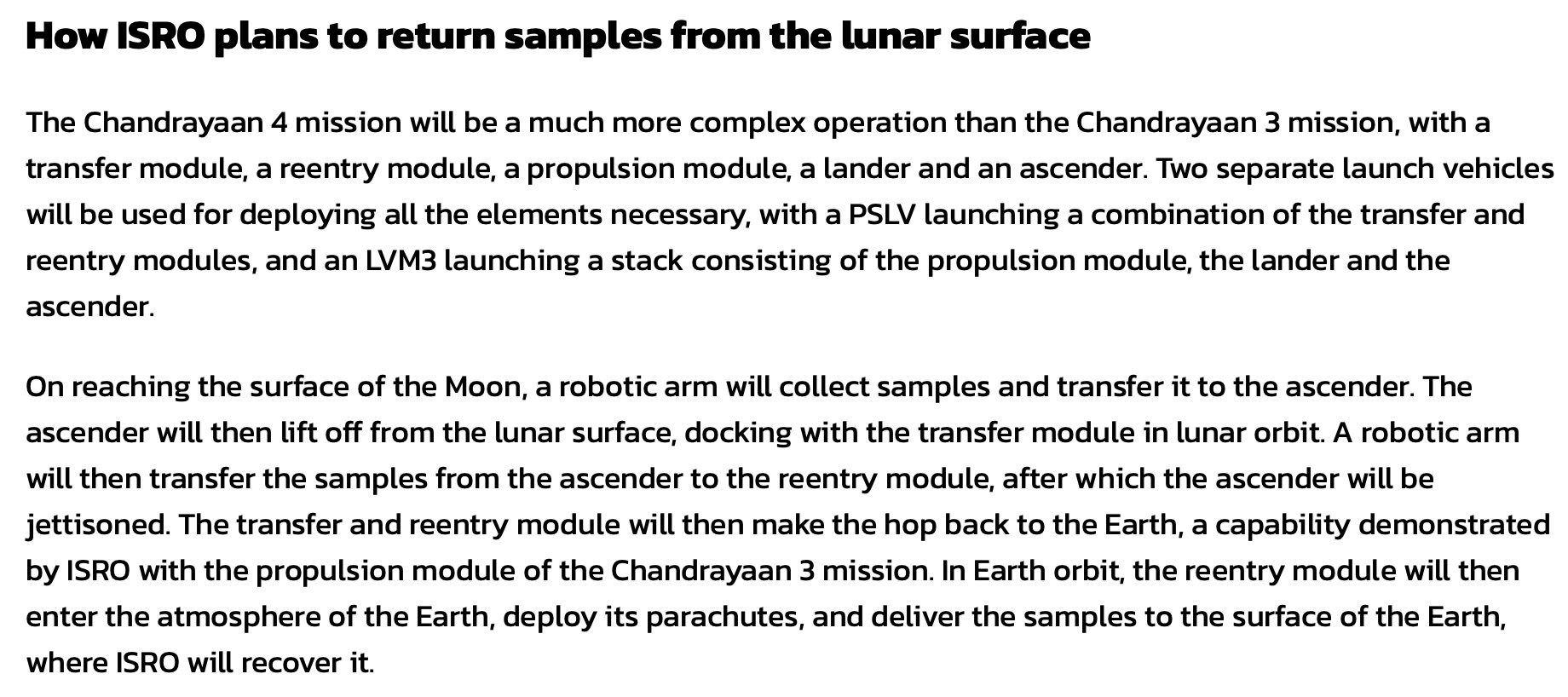
Quelle: news9
----
Update: 3.10.2024
.
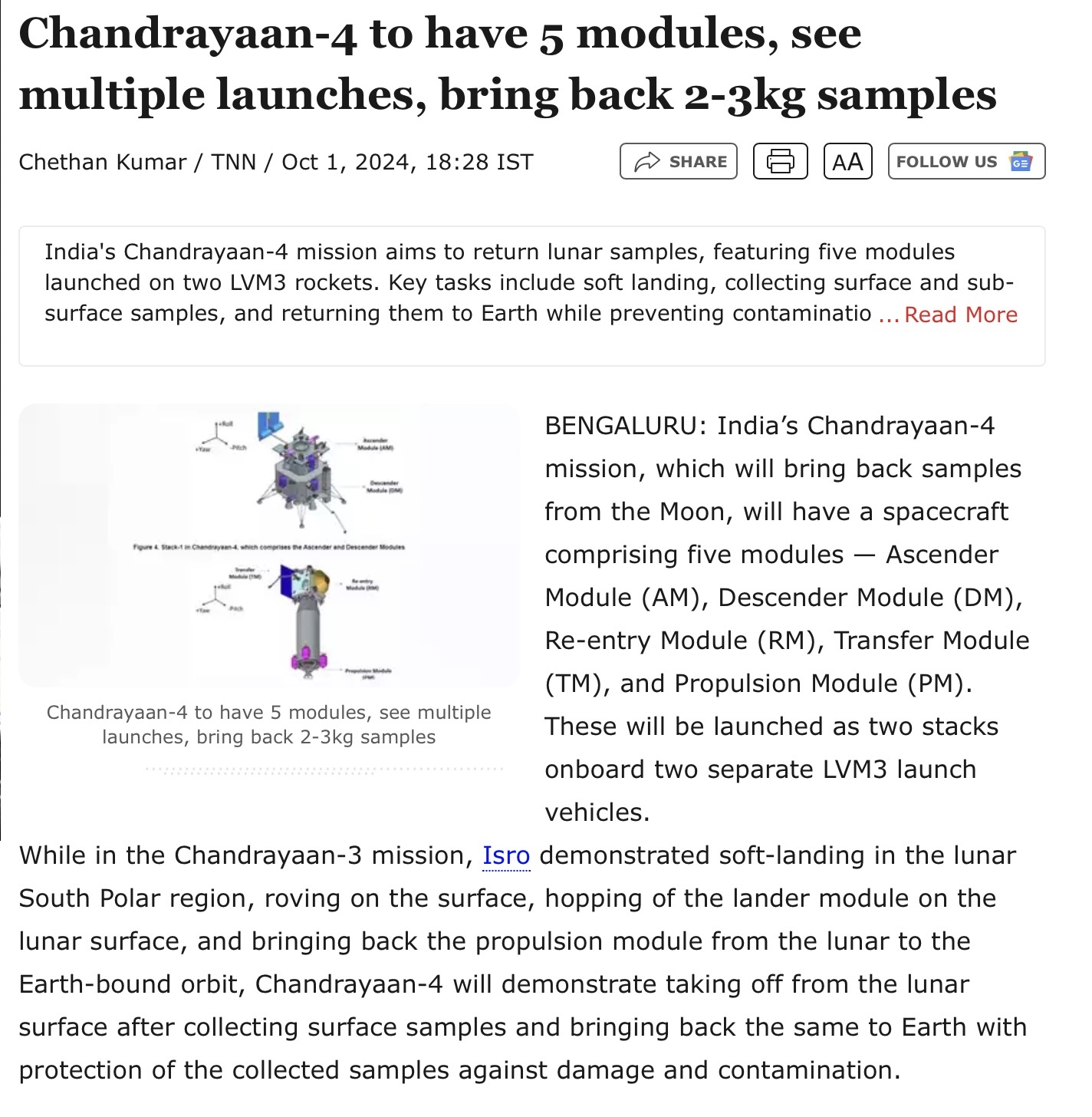

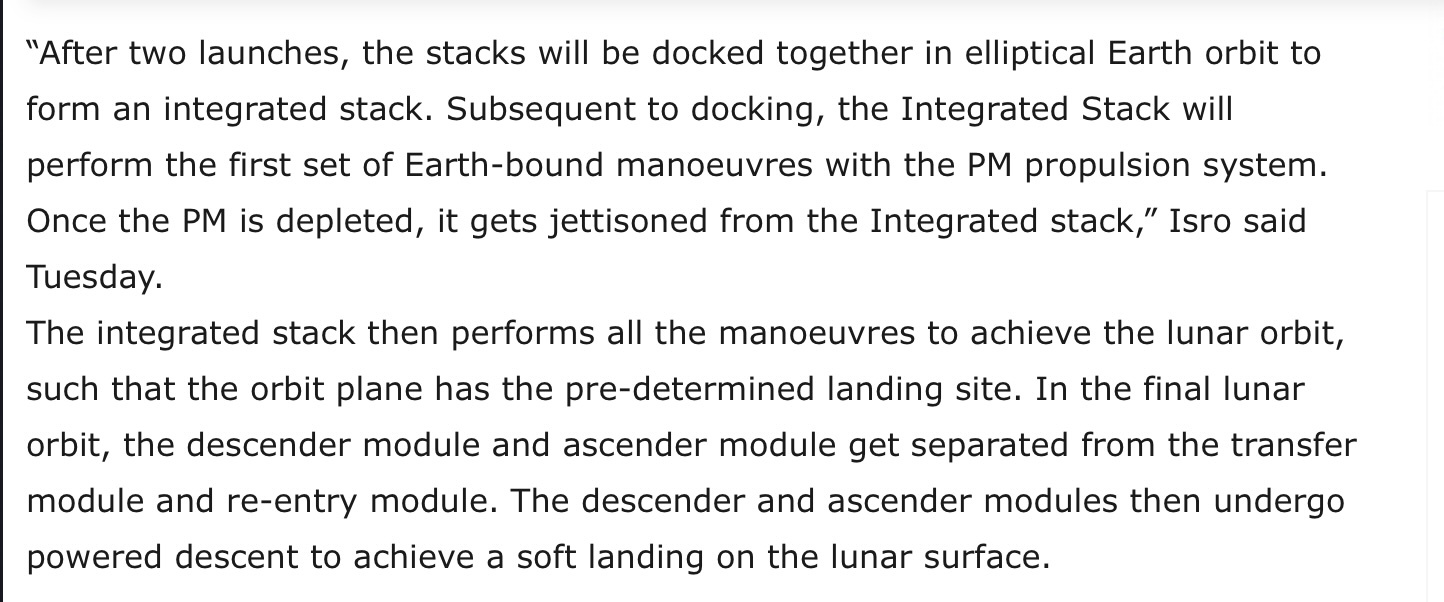
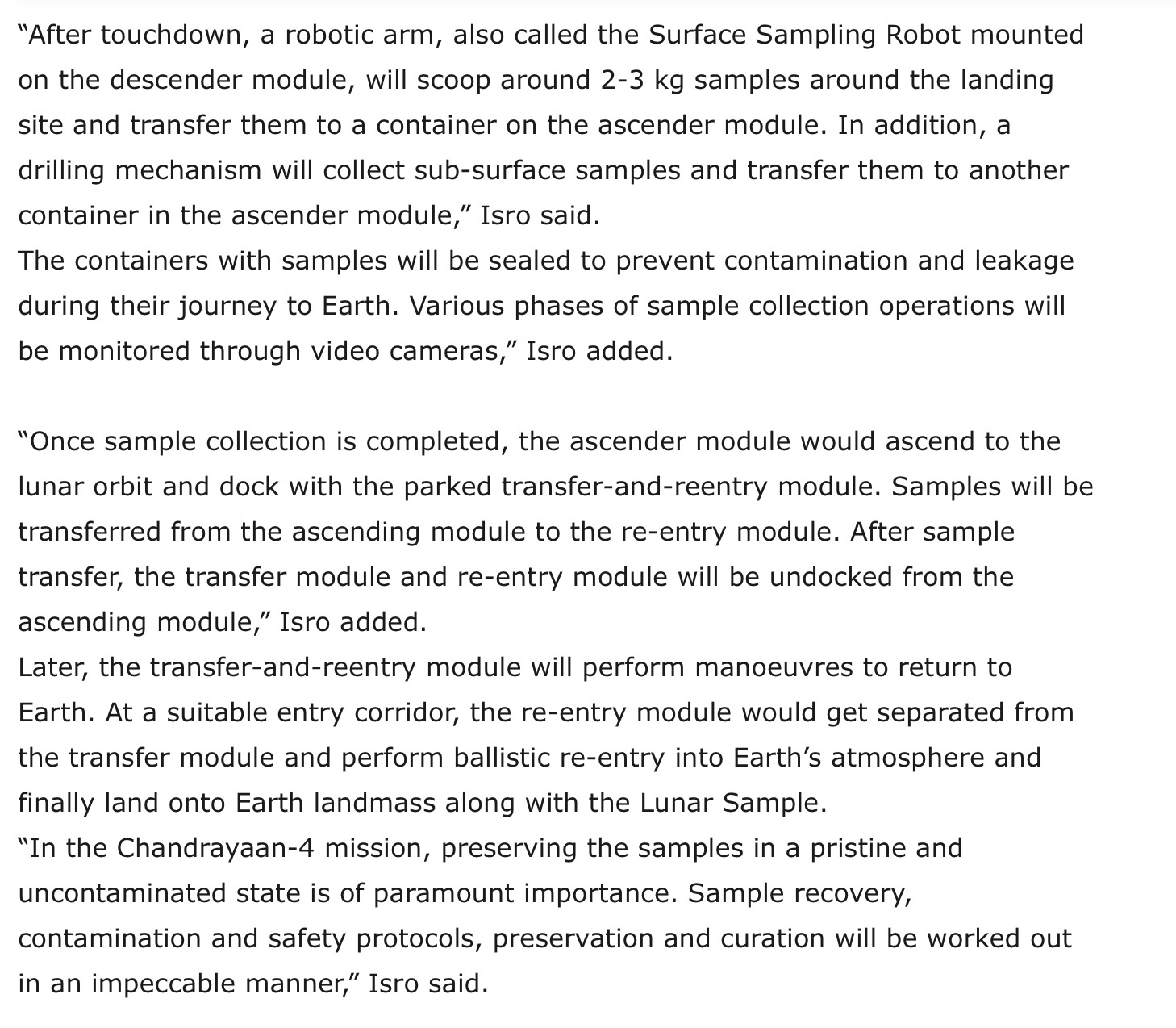
Quelle: The Times of India
----
Update: 25.10.2024
.
India to target moon’s south pole with sample return mission
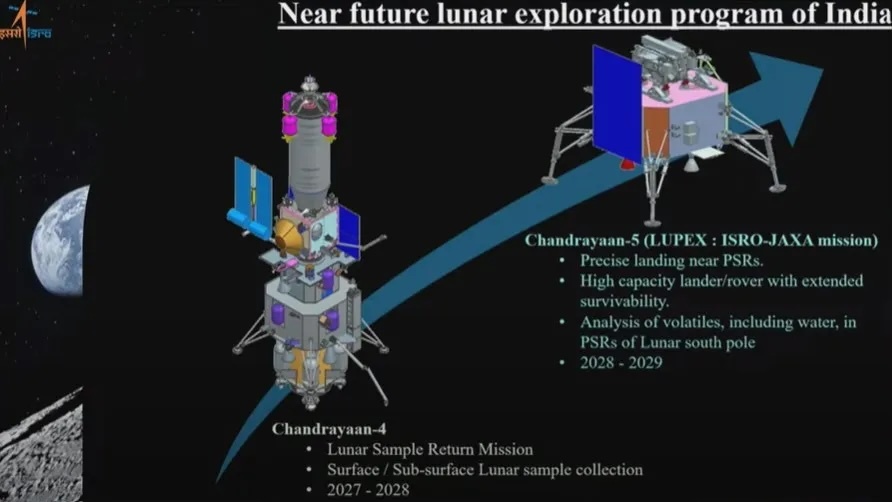
Spacecraft renders for the Chandrayaan-4 and Chandrayaan-5/LUPEX moon missions. Credit: P. Veeramuthuvel/ISRO
HELSINKI — India’s Chandrayaan-4 lunar sample return mission will target a landing between 85 and 90 degrees latitude in the southern hemisphere of the moon, and follow up with a joint lander and rover mission with Japan.
The Chandrayaan-4 mission will consist of two stacks launched on two separate rockets and will target the vicinity of the lunar south pole, according to P. Veeramuthuvel of the Indian Space Research Organization (ISRO), speaking at the International Astronautical Congress (IAC) in Milan, Oct. 17.
The mission will aim to collect around three kilograms of samples from near the south pole, around which water-ice is thought to be available. ISRO will require several new technologies, including the ability to scoop from the surface and drill to a depth of around two meters to sample the subsurface.
Studies are ongoing to determine the final landing site selection. ISRO officials had earlier indicatedthat the mission would target near Shiv Shakti Point, the landing site of Chandrayaan-3, at around 69 degrees latitude.
The mission will include lunar landing, sampling, docking in lunar orbit and returning to Earth safely with the samples. “This will also demonstrate our capability for the crew landing mission,” P. Veeramuthuvel said. India announced last year it plans to put astronauts on the moon by 2040.
The separate Chandrayaan-4 stacks will each have a mass of around 4.6 tons, making a total mass of 9.2 tons, each launching on an LVM-3 launch vehicle. The modules will dock in geosynchronous transfer orbit—using a circuitous route to the moon, as with Chandrayaan-3—and travel to the moon as one. An earlier mission design envisioned using one LVM-3 and PSLV launcher for the two launches.
P. Veeramuthuvel did not provide a date or year for launch, but slides suggest launch around 2027-2028. Previous ISRO announcements indicated the mission would launch no earlier than 2028.
The Chandrayaan-4 mission gained approval in September. A Venus orbiter mission, a first crewed space station module and a reusable launch vehicle also received the go-ahead last month.
Chandrayaan-5/LUPEX
There is also progress on the Chandrayaan-5 mission, also known as LUPEX; a collaboration between ISRO and The Japan Aerospace Exploration Agency (JAXA).
The landing mission will also target the lunar south pole, with coordinates of 89.45°S, 222.85°E, on an elevated ridge near Shackleton crater. There are permanently shadowed regions within the vicinity, potentially for the mission rover to explore. The rover will drive between 500 and 1,000 meters, taking in-situ measurements, including determining potential water-ice deposits.
India will provide the lander, mission planning and payloads, while Japan will contribute the launch vehicle, various payloads and the rover. Payloads will include ground penetrating radar, a range of spectrometers and water analysis instruments contributed by both sides.
Quelle: SN
----
Update: 8.02.2025
.
Chandrayaan-4 set to launch in 2027: Centre
The Chandrayaan-4 mission, whose objective is to bring back lunar samples that are not damaged and contaminated, will be launched in 2027.

The Chandrayaan-4 mission, whose objective is to bring back lunar samples that are not damaged and contaminated, will be launched in 2027, Union science & technology minister Jitendra Singh said on Thursday.
India has sent three space missions to Moon in 2008, 2019 and 2023 in the Chandrayaan series. In the first two iterations, the Moon’s surface, sub-surface and exosphere were studied in a global scale from orbiter platforms. Chandrayaan-3 was the first-ever successful lunar soft-landing and robotic exploration in the southern polar region of the Moon, and has conducted in-situ studies of the lunar surface, near-surface plasma. It also recorded, for the first time, lunar ground vibrations in the southern polar regions. Chandrayaan-4 will involve at least two separate launches of the heavylift LVM-3 rocket that will carry five different components of the mission which will be assembled in orbit.
“The Chandrayaan-4 mission aims to collect samples from the moon’s surface and bring them back to the Earth,” Singh told PTI Videos in an interview. During a speech at Akashvani in October last year, former Isro chairman S Somanath had said that Chandrayaan-4 would likely be launched in 2028.
In September last year, the Union Cabinet approved two space science missions –– Chandrayaan-4, and the Venus Orbiter Mission (VOM) to study different facets of the planet including its surface and atmosphere. The Indian Space Research Organisation (Isro) website states that VOM is scheduled to launch in March 2028.
According to information on the Indian Space Research Organisation (Isro) website, these two missions are stepping stones to the Prime Minister Narendra Modi’s Space Vision 2047, which includes placing the Bharatiya Antariksha Station in orbit by year 2035. The government has also envisaged an Indian landing on the Moon by 2040.
The country is also set to launch two missions –– Gaganyaan and Samudrayaan –– in 2026, said Singh. The Gaganyaan mission involves sending Indian astronauts in a specially designed spacecraft to low-earth orbit and bringing them back safely. Samudrayaan will carry three scientists in a submersible up to a depth of 6,000 metres in the deep ocean, to explore the seabed and unlock vast resources, including critical minerals, rare metals, and undiscovered marine biodiversity. For this, the National Institute of Ocean Technology, Chennai, an autonomous institute under MoES, has developed 6,000m depth rated Remotely Operated Vehicle (ROV) and various other underwater instruments.
“This achievement will align with the timelines of India’s other landmark missions, including the Gaganyaan space mission, marking a pleasant coincidence in the nation’s journey toward scientific excellence,” Singh said.
Prior to Chandrayaan-4 and Gaganyaan mission, the first uncrewed mission of the Gaganyaan project carrying a woman robot astronaut, or Vyommitra, will take place this year.
Last year, Singh said that Vyommitra astronaut is designed to simulate human functions in the space environment and interact with the life support system.
Speaking of Isro’s progress and plans, Singh said while the first launch pad was set up in 1993 and the second one after a 10-year gap in 2004, India’s space sector has undergone unprecedented expansion, both in terms of infrastructure and investment, in the last decade.
“We are now building a third launch pad and for the first time for heavier rockets, and expanding also beyond Sriharikota with a new launch site in Tamil Nadu’s Tuticorin district to launch small satellites,” Singh said.
The minister said that India’s space economy, currently valued at $8 billion, is projected to reach $44 billion in the next decade, further cementing India’s role as a global space powerhouse.
The reforms initiated in the past decade, including the unlocking of the space sector for private players, have led to greater innovation, investment, and international collaborations, Singh said.
“With new infrastructure, increased private participation and record-breaking investments, India is poised for even greater achievements in the years to come,” he said.
“In the last few years, Isro has been notching success after success, and therefore the leadership feels more confident to take up more ambitious projects in even shorter timelines. Advancing timelines reflects their confidence,” said Aniket Sule, associate professor (astronomy), Homi Bhabha Centre for Science Education, an affiliate of the Tata Institute of Fundamental Research. “Previous Chandrayaan mission successes also play a vital role. Therefore, if Isro is saying they will launch Chandrayaan-4, they will do it.”
Quelle: Hindustan Times
----
Update: 1.12.2025
.
Chandrayaan-4 to take off in 2028, says ISRO Chairman V. Narayanan
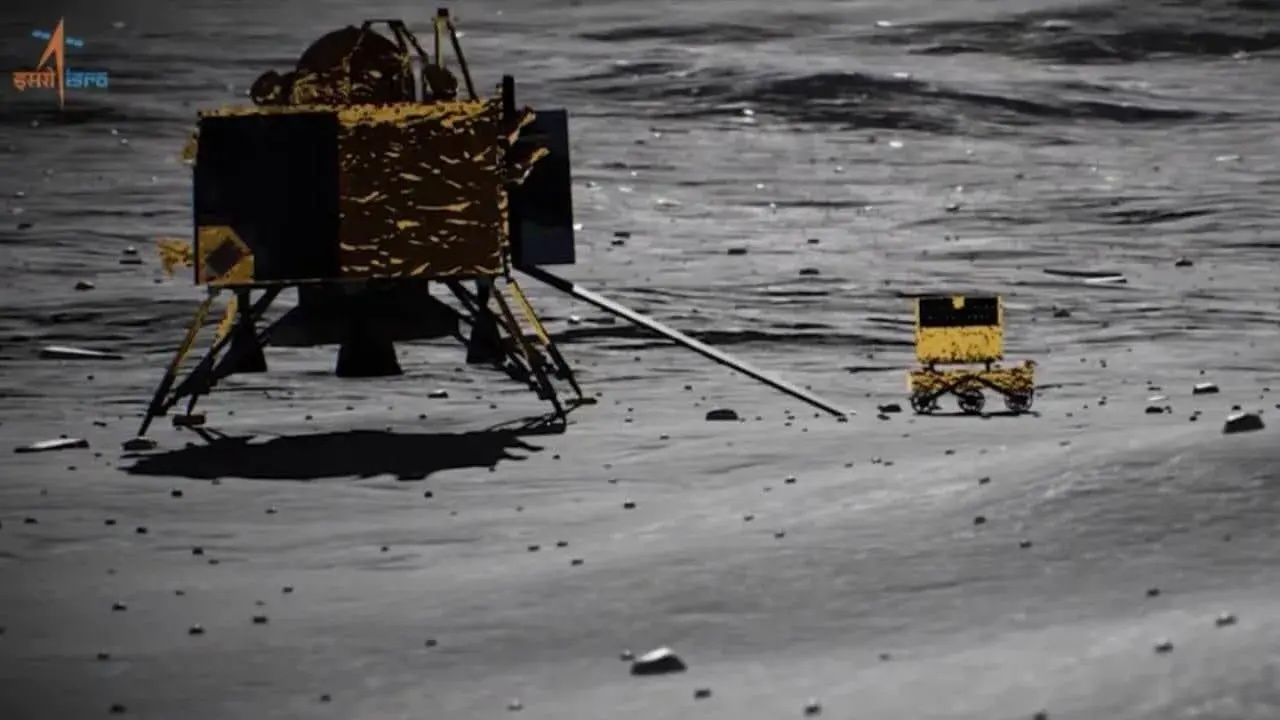
The Indian Space Research Organisation (ISRO) is working to launch the Chandrayaan-4 mission to the moon by 2028, its Chairman, V. Narayanan, said here on Saturday.
Speaking at the 15th Convocation of Vel Tech Rangarajan Dr. Sagunthala R&D Institute of Science and Technology, Dr. Narayanan said the Chandrayaan-4 envisages a programme where the rover lands on the moon, picks up samples, and returns to the earth with samples for experiments.
After the success of Chandrayaan-3, Japan tied up with India for the next mission. While the Chandrayaan-3 lander weighed 1,600 kg, the current one would be 6,800 kg. Similarly, the rover would weigh 350 kg as against the 25 kg rover of Chandrayaan-3, Dr. Narayanan told the students, drawing applause.
ISRO is also working on building a 52-tonne space station, fully funded by the Union government. This would be ready by 2035.
In 2040, ISRO plans to send a manned mission to the moon. “We are constructing a rocket, the height of which is equal to a 40-storey building,” Dr. Narayanan said.
57 satellites in orbit
Currently, there are 57 Indian satellites in orbit. They serve several critical applications, including television broadcasting, telecommunication, tele-education, telemedicine, earth observation, disaster warning and mitigation, connecting trains in real-time, and even monitoring potential fishing zones in the sea.
“Every day, we inform nine lakh fishermen, through satellite data, where they will get fish catch, and through that alone, ₹25,000 crore per year is the profit to the Government of India. Our annual budget is only ₹13,500 crore,” Dr. Narayanan said.
More than 10,000 trains have been connected in real-time via satellite link and plans are afoot to connect all trains, he further said.
Debashis Neogi, Managing Director, Renault Nissan Technology and Business Centre, giving the example of the Renault Kwid hatchback that was developed and made in India and is being sold in many other countries, said young graduates should strive to make India a “product nation” rather than a “service nation”.
Anil Kempanna, Managing Director, Global Lead, Silicon-to-Software Engineering, Accenture, urged the students to continuously re-invent their knowledge base and skills to have an edge in the job market.
Rangarajan Mahalakshmi Kishore, Chairperson and Managing Trustee, and Rajat Gupta, Vice-Chancellor, Vel Tech Rangarajan Sagunthala R&D Institute of Science and Technology, also spoke.
A total of 3,074 students, including 113 PhD scholars, received their degrees and honours.
Quelle: The Hindu
